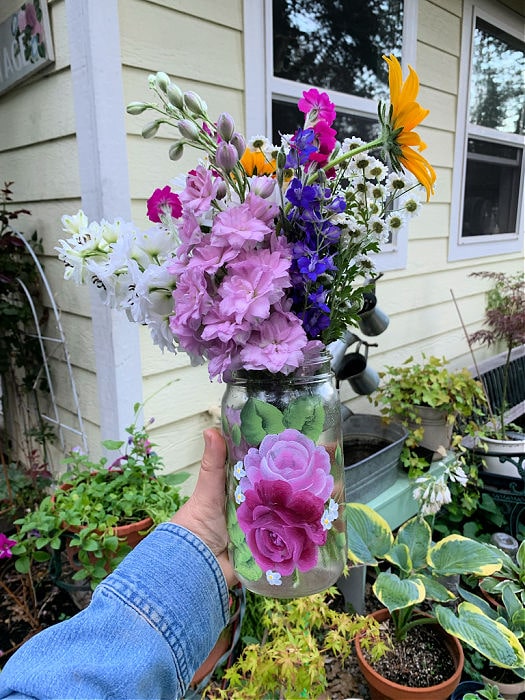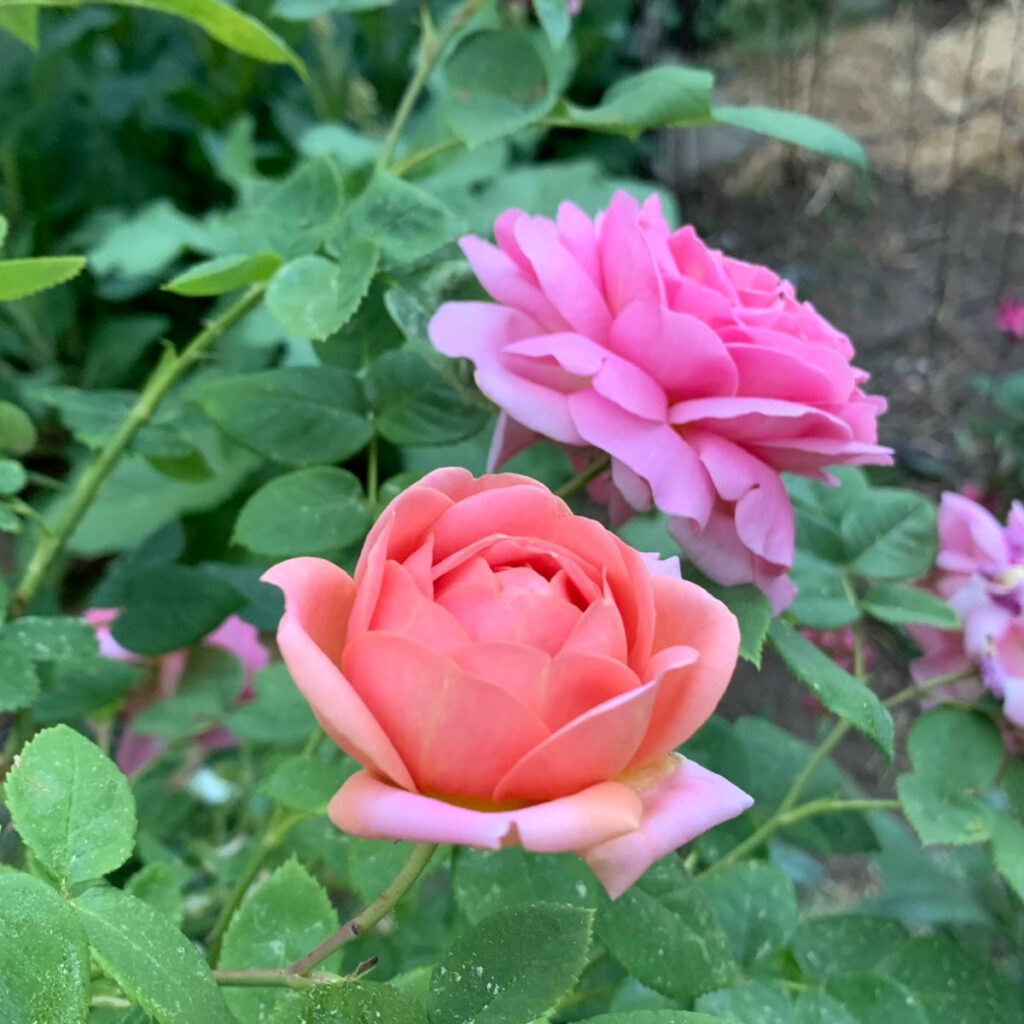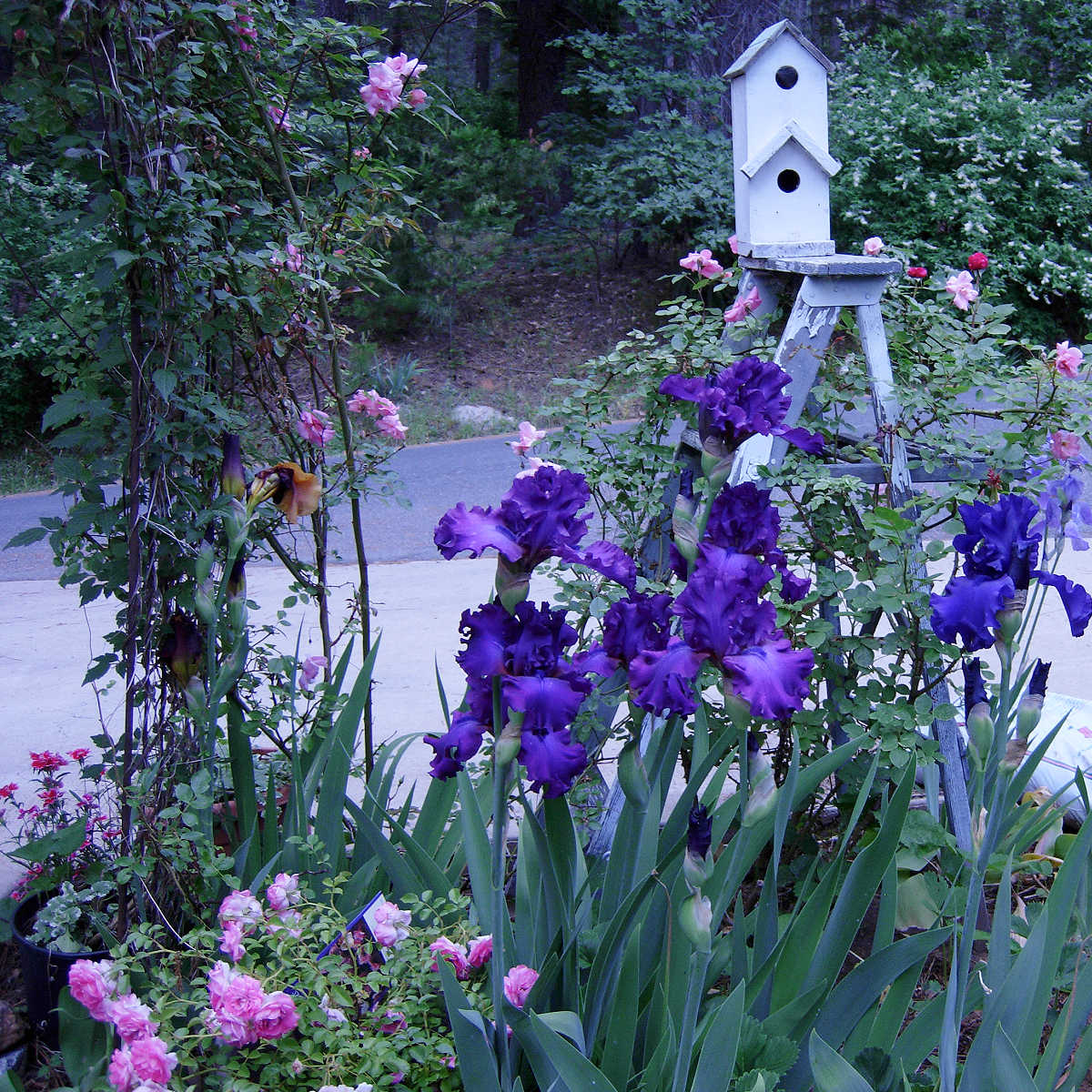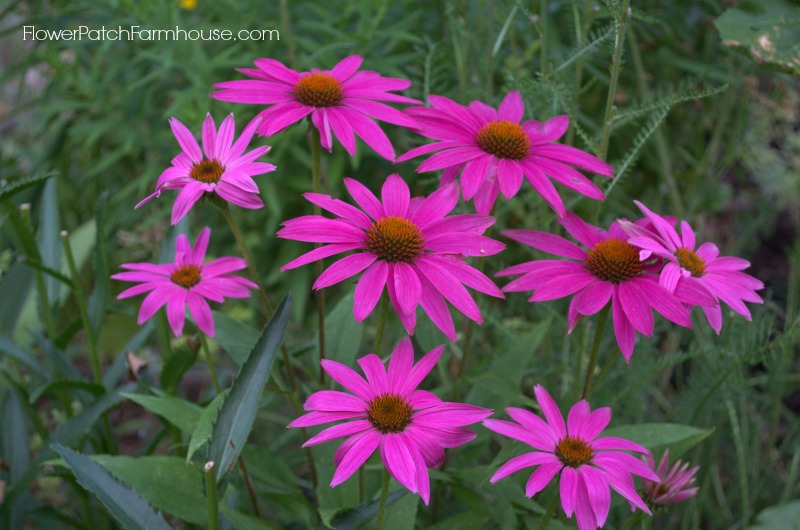How to Deadhead Roses
The Art of Deadheading Roses: Reviving Beauty and Encouraging Growth
How to deadhead roses in your garden for maximum enjoyment.
Roses are undeniably one of my favorite blooms in the garden. Today I will share how to keep your roses blooming.
This not only helps keep your roses blooming but it also is effective in ensuring they keep tidy.
(Some spell it dead heading roses but they are the same thing and it is actually correctly spelled deadheading.)
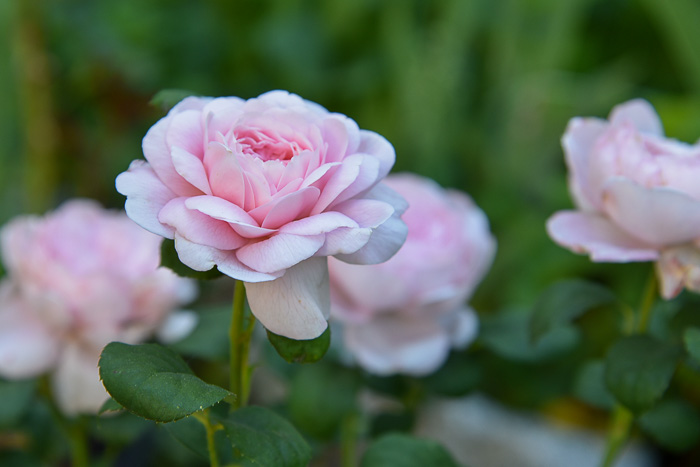
This post contains affiliate links. If you make a purchase after clicking a link I may make a small commission at no cost to you.
What is deadheading?
Deadheading is a simple but powerful technique that involves removing spent blooms from roses.
In this blog post, we will explore the art of deadheading roses, its benefits, and how to effectively execute this practice.
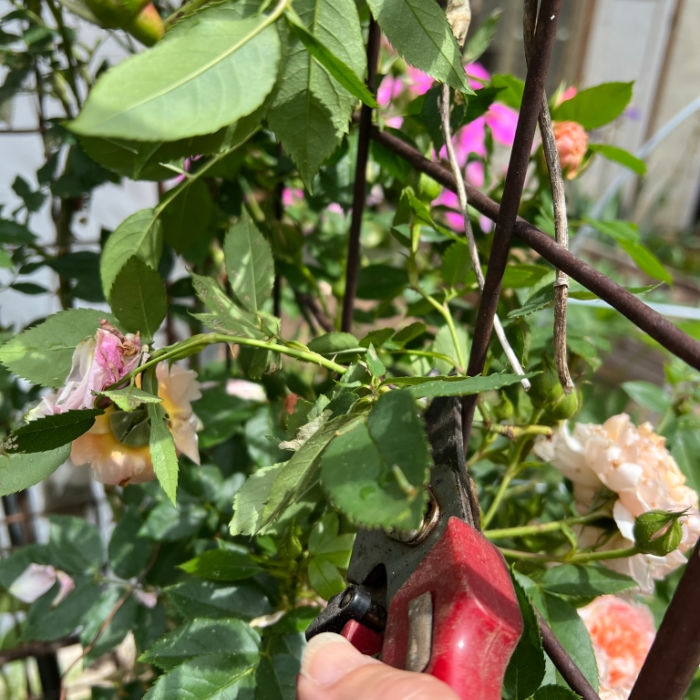
Understanding Deadheading
Deadheading refers to the removal of faded or spent flowers from rose plants. When roses are left unattended, the energy of the plant is directed toward seed production, inhibiting the growth of new blooms.
By deadheading, you redirect the plant’s energy towards fresh growth and encourage the production of more flowers.
This is also true about other flowers.
It is to be noted that most modern roses are bred to keep blooming even if you do not deadhead. But deadheading does help to promote more blooms than if you did not.
Benefits of Dead Heading Roses:
Promotes Continuous Blooming
By removing spent flowers, you stimulate the growth of new buds, leading to a longer blooming season.
This continuous flowering adds beauty to your garden and enhances the visual appeal of your rose bushes.
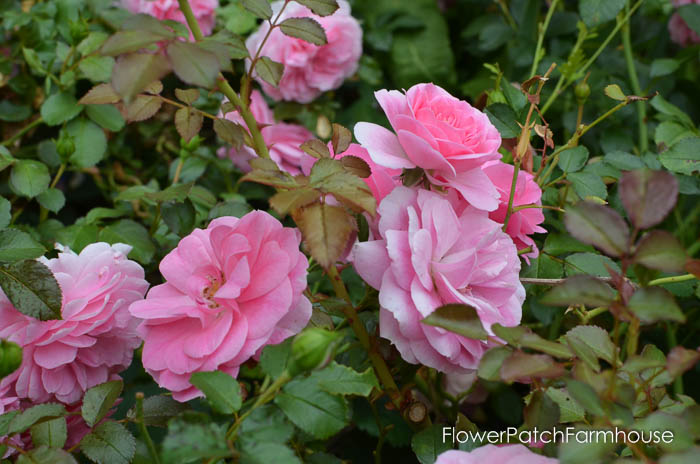
Improves Flower Quality
Deadheading helps roses produce larger, healthier blooms. When you remove spent flowers, the plant can focus on nourishing the remaining buds, resulting in more robust, vibrant, and longer-lasting flowers.
Prevents Disease and Pest Issues:
Deadheading also plays a role in maintaining the overall health of your roses. By promptly removing faded flowers, you reduce the chances of diseases and pests taking hold.
Decaying petals can become a breeding ground for harmful insects and pathogens, which can negatively impact the entire plant.
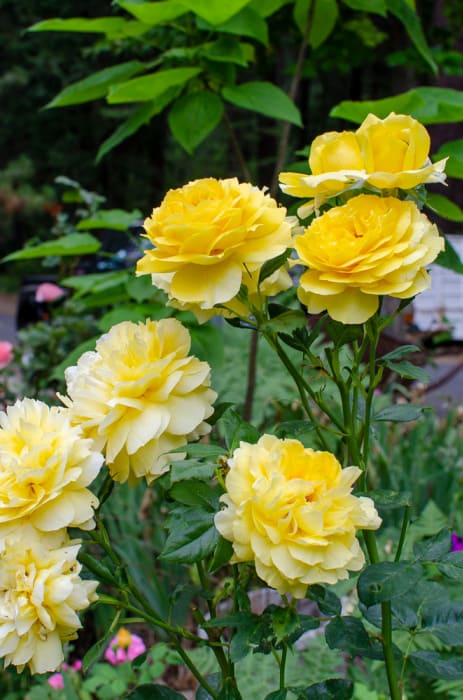
When to Deadhead Roses
Timing is relative when deadheading roses. But it can be best to remove spent blooms once the petals have begun to fade and wilt.
At this stage, the rose hips (seed pods) haven’t formed yet.
Cutting your roses for bouquets is another form of deadheading. When you cut a bouquet to enjoy in a vase you are also stimulating new growth on your rose plants.
Cut Flower Gardening
If you’re looking for a way to add a little bit of beauty to your life, consider cut flower gardening. It’s easy to get started, and it’s a great way to enjoy the outdoors!
How to Deadhead Roses
Pruning Shears
For all roses including hybrid tea roses, grandifloras, climbing, and floribundas, using pruning shears is the most effective method.
These are my favorite hand pruners.
Many recommend cutting the faded rose stem just above the first or second set of healthy leaves with five leaflets. But that is just what everyone does, there is no real science behind it.
You can cut right under the rose peduncle (base of the rose flower) or anywhere along the cane and be fine.
The cutting process allows the plant to redirect its energy toward producing new growth.
Pinching Off
Another method suitable for roses with single or semi-double flowers is pinching off.
Simply pinch the spent bloom, including the stem, between your fingers. Be careful not to damage the emerging buds while doing so.
This can tear the stem which can be an avenue for pests and disease but it is used widely so you decide.
Additional Tips for Rose Care:
Fertilize and Water
After deadheading, many claim it’s essential to fertilize your roses to provide them with the necessary nutrients for healthy growth and blooming. But you need to know more about fertilizing your roses than that.
Rose Fertilizers
Here we will explore the world of rose fertilizers and learn what you may or may not need to do when it comes to getting the best from your plants!
Regular watering is also important to keep the plants hydrated and ensure optimal growth.
Mulching:
Apply a layer of organic mulch around the base of your rose bushes to retain moisture, control weeds, and regulate soil temperature.
For more on the different types of mulch you can go here.
All the best garden tips
Garden Mulch
From humble wood chips to shredded pine needles, there are so many types of mulch available that can transform your garden into a thriving oasis.
Deadheading roses is a rewarding practice that enhances the beauty of your garden while promoting healthy growth and continuous blooming.
It can be a simple way to relax as you walk along enjoying your garden, snipping away dead or dying blooms.
I usually wander the paths with a cup of coffee in one hand and my hand pruners in the other.
By removing spent flowers, you redirect the plant’s energy towards producing new blooms and prevent disease and pest issues.
With proper timing and techniques, you can master the art of deadheading roses, ensuring that your beloved rose bushes remain vibrant and flourishing throughout the growing season.
All the best garden tips
All About Growing Roses
Growing roses is not as complicated as many seem to present. You just need to know a few tips and tricks and I share them here!
